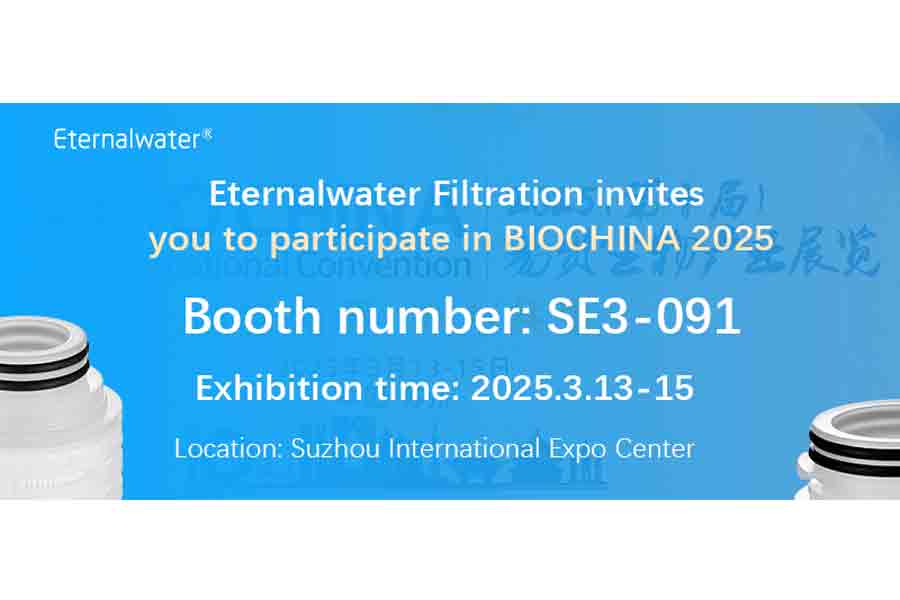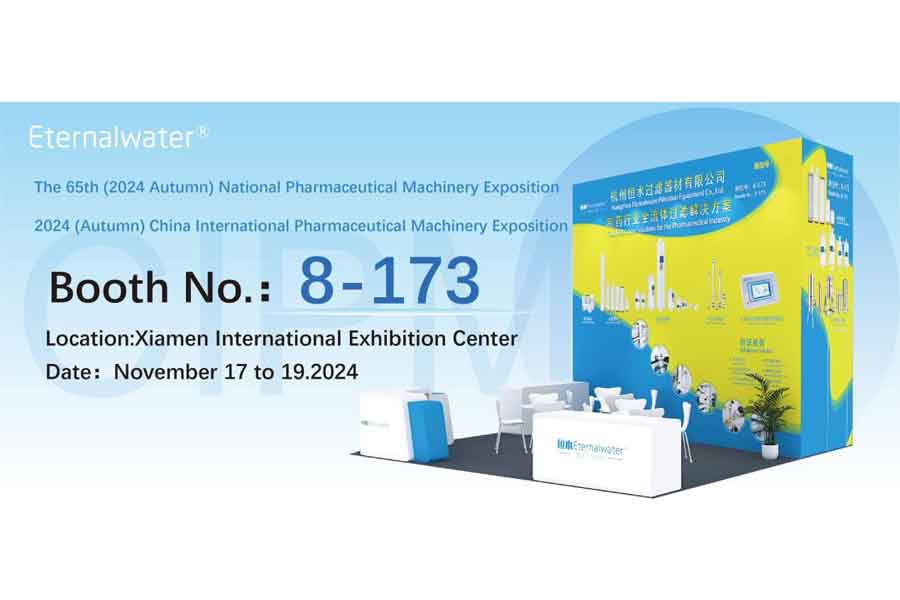
News
Home News Technical articles Why is the temperature for high-pressure steam sterilization set at 121°C?
Home News Technical articles Why is the temperature for high-pressure steam sterilization set at 121°C?
Why is the temperature for high-pressure steam sterilization set at 121°C?
2025-02-19 Eternalwater The most commonly used conditions for high-temperature and high-pressure sterilization are: 121°C, 15 to 30 minutes. Have you ever wondered why it's 121°C instead of 120°C?Principal of Sterilization
Firstly, we need to understand why high-pressure steam can sterilize. This is because high temperatures can destroy proteins, causing irreversible inactivation or destruction of proteins, metabolic enzymes, and nucleic acids. The humid and hot environment under high-pressure steam sterilization conditions can help to enhance the penetration of water molecules into the cell walls of microorganisms and further promote the destruction of proteins and nucleic acids. However, for some heat-resistant bacterial spores, which have a strong tolerance to high temperatures, it is necessary to increase the sterilization temperature.During sterilization, if the temperature does not reach 121°C, certain heat-resistant microorganisms cannot be completely killed, leading to microbial residues that can affect experimental results or cause medical device infections. If the temperature exceeds 121°C, the sterilization pressure needs to be increased first, which means higher equipment requirements and increased costs. In addition, higher pressure and temperature may cause deformation of the sterilized items, posing certain safety risks.
Historical Origin
The autoclave was invented in 1879, but at that time there was no temperature sensor, and it mainly relied on a pressure gauge, using a pressure of 2 standard atmospheres (1 standard atmosphere is approximately 1 kg/cm2, or 0.1 Mpa, 14.5 psi) for high-pressure sterilization. At this pressure, the boiling point of water is 250°F (Fahrenheit), which converts to approximately 121.1°C in Celsius. The experimental results showed that under the humid and hot environment at 121°C, sterilizing for 15 minutes could ensure the destruction of 99.9999% of heat-resistant spores.Industry Standards
Based on long-term practical experience and scientific research, 121°C has gradually been established as the standard temperature for sterilization and is widely accepted by regulations or standards in various industries around the world, including healthcare and laboratory fields.①
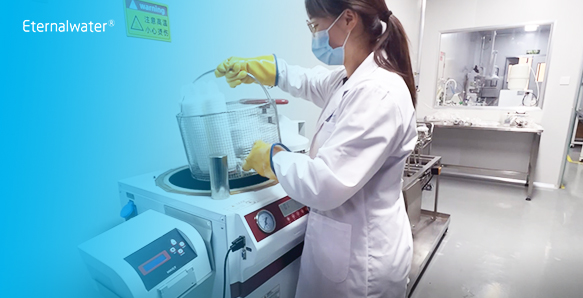
②
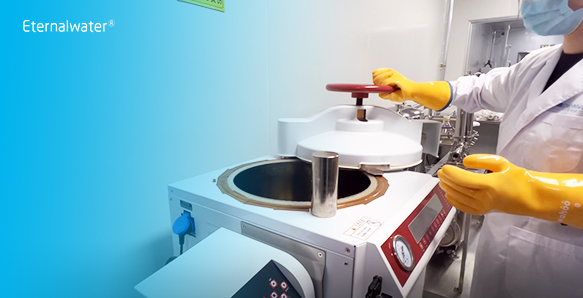
③
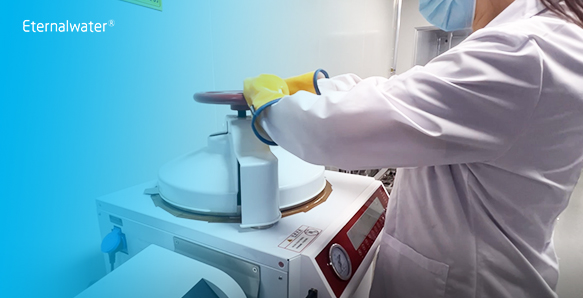
④
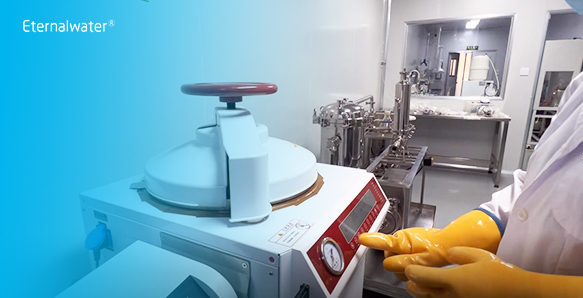
Precautions for Using Autoclaves
(1) The sterilization time is calculated from the moment the temperature reaches the set temperature;(2) Do not use this method to sterilize flammable and explosive substances (such as iodoform, benzene substances);
(3) Check if there is sufficient distilled water in the autoclave before sterilization;
(4) Ensure that the water level in the vented cylinder is between "High" and "Low" before use;
(5) Do not open the autoclave before the pressure reaches 0 Mpa (85°C);
(6) Use distilled water or pure water for refilling (to prevent rust inside the equipment);
(7) For liquid sterilization, loosen the bottle cap to avoid bursting due to excessive internal pressure;
(8) Do not sterilize too much at once, otherwise, it will hinder the flow of steam and affect the sterilization effect;
Latest News
Read more
- Industry Application
- Life Sciences
- water treatment
- Industrial Filtration
- Food & Beverage
- Microelectronics
- Laboratory
- New energy battery
- Contact Us
- [email protected]
- +86-571-87022016
- +86-571-87293027
- +8613675899519
- Subscribe for Join Us!
- Join us and get detail information,technical parameter and new products etc.
CopyRight © Hangzhou Eternalwater Filtration Equipment Co., Ltd. 2002-2025
- [email protected]
- Jenny wu
- +8613675899519
- +86(571) 87022016

 EN
EN  ES
ES AR
AR JP
JP CN
CN